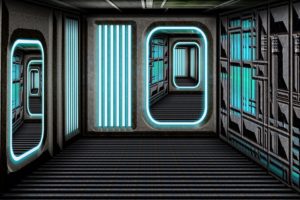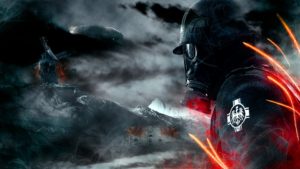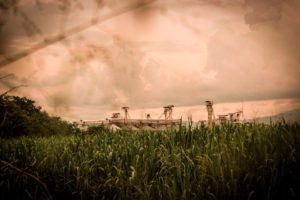Welcome to Author Susan Eschbach’s series “Interview With An Alien.” I hope you enjoy this series. Also check out my books A Trial By Error and Man On The Fringe in the links above. Book three in the Fringe Cycle, Salvation’s Star, is due out this spring.
PART ONE: KUZH FROM AKMANDAH
Today’s blog features Kuzh from the planet Akmandah.
S: Kuzh, welcome to Earth. Are you enjoying your visit here?
K: Yuh. It is pretty. Many oceans.
S: Do you have any oceans, seas, or large areas of water on your planet?
K: Four seas, much smaller than your oceans. Most of our water is in rivers. We have many large rivers.
S: I understand from Nasa’s Department of Interstellar Affairs that your people have not developed interstellar travel yet, but you have contact with species that have.
K: We trade with the Hapida, but they will not give us ships.
S: I see. And you came to Earth on a Hapida ship, correct?
K: I work for them.

S: What kind of work do you do?
K: Maintenance, cleaning.
S: Can you tell us a little about what we are looking at here?
K: This is the corridor leading to the flight deck. The blue rods are data transfer links.
S: Are they anything like our fiber optic cables?
K: Much faster, almost light speed, and they carry much more data. Sometimes I have to replace one, or reroute it.
S: Do you enjoy the work?
K: Yuh. I like to travel to other planets, and I make good income for my ikan.
S: Ikan—according to my information, that is an extended group of related individuals, somewhat like our Native Americans, right?
K: Right, except we have three sexes involved in making children. The mikah provides an enzyme that allows the female egg to join with the male spore. The mikah can serve any family. When a child is born a mikah, that child leaves its own ikan and joins the mikah ikan. When a man marries, he joins his wife’s ikan, and all of their female children remain in the mothers’ ikan. Male children go to the father’s ikan when they reach adulthood.
S: A complex structure. So, you mentioned that you make a good income for your ikan. Is that spread evenly among the individuals in the ikan?
K: Yuh. All income is shared by the whole ikan. Members work together to harvest crops, and each member receives what they need. When someone needs a house, they move into an empty one or the ikan works together to build one.
S: That’s a very cooperative system. Are there ever battles or wars between different ikans?
K: Yuh. We are good warriors. Not so many wars any more, but we still take pride in strength and physical training. We have battles every year at the Comdena. The new president is chosen from the winning ikan.
S: Is that your uniform?
K: Not uniform, protective gear. During battle there is a lot of fire, smoke, and chemicals. The picture at the top shows our ceremonial dress. Each ikan has a particular emblem. Mine is a Badri tooth. They are extinct now, but there are a lot of fossils around.
S: You mentioned harvesting crops. Do you grow a lot of different varieties of crops?
K: Yuh. We don’t eat animals like humans do. We eat a little (he’s scratching his head)… I think it’s a little like some of your snails, or worms. The ibit lives in our rivers. Also, sukat and bitta are our main crops, and we have a lot of different kinds of fruits, and root plants.
We eat a little (he’s scratching his head)… I think it’s a little like some of your snails, or worms. The ibit lives in our rivers. Also, sukat and bitta are our main crops, and we have a lot of different kinds of fruits, and root plants.

Readers, thanks for joining me as we explore Kuzh’s world. Join me next week for the rest of the interview. Until then, fly high and free.
